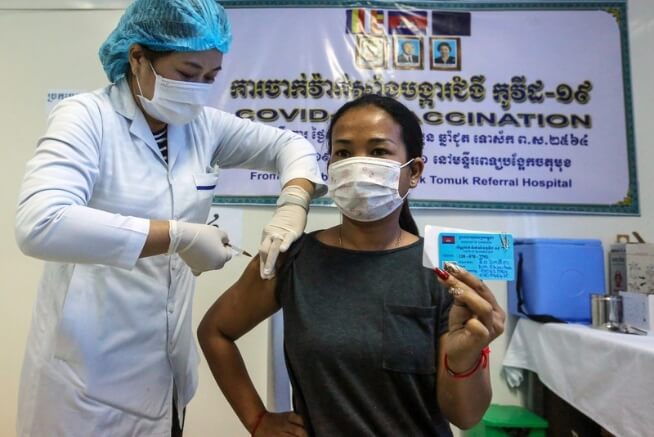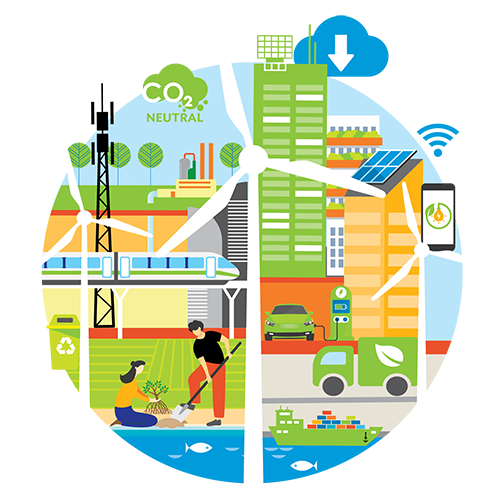
The coronavirus disease (COVID-19) pandemic may not have been a disaster strictly speaking but its impacts have been disastrous, not just for Southeast Asia, but the rest of the world.
Since the pandemic hit, countries are still trying to get their economies back on track after sustaining deep contractions in the wake of lockdowns, social distancing, and border closures implemented by governments to curb the spread of the virus.
A forecast from the Asian Development Bank (ADB) released in December warned that while developing Asia is expected to sustain a strong rebound, rising global cases and the emergence of a highly mutated variant suggest that the pandemic is far from over. Amid this scenario, ADB revised down the region’s growth domestic product (GDP) to 5.3% from 5.4% for 2022. Outlook for 2021 was also lowered to 7.0% from 7.1% projected in September.
ADB also cut the outlook for Southeast Asia from 3.1% to 3.0% for 2021 but revised up forecast for 2022 to 5.1%.
As Southeast Asia struggles to deal with the COVID-19 crisis, ADB has advised countries to adopt a green recovery path to reduce the risk of future pandemics, address climate change, create jobs, increase competitiveness, and achieve the Sustainable Development Goals.
“COVID-19 has left a trail of despair in terms of lost lives and livelihoods. But the pandemic is also an opportunity to build back better,” said ADB President Masatsugu Asakawa in the foreword of the Asian Development Outlook (ADO) 2021: Financing a Green and Inclusive Recovery released in April. “A Great Reset toward more sustainable, resilient, and inclusive economies will entail green investments, such as clean energy, and social investments in public health and education.”
Green recovery
Southeast Asian countries are already moving toward a green path. The Association of Southeast Asian Nations (ASEAN) adopted a post-pandemic economic recovery framework that serves as the region’s “exit strategy” from the COVID-19 crisis. One of the framework’s broad strategies entails promoting green growth measures, such as investing in infrastructure that support energy efficiency and decarbonization.
ADB has identified five green growth opportunities most relevant to the region. It estimated that if leveraged fully investing in these green growth opportunities will require $172 billion in capital investment and create 30 million jobs in Southeast Asia by 2030.
Green growth opportunity no. 1: Productive and regenerative agriculture. This involves transforming agricultural landscapes and farming practices to improve yields while enhancing the health of surrounding natural ecosystems. Improving yields entails using innovative technologies to support precision agriculture and applying biotechnology innovations and adopting agricultural practices such as rotating crops and grazing, using biopesticides and microbial and organic fertilizers, and employing micro-irrigation.
Green growth opportunity no. 2: Sustainable urban development and transport models. This entails improving the environmental sustainability of cities and their transport systems by reducing greenhouse gas emissions while enhancing overall livability and resilience. Opportunities include better urban planning and updating urban management models to help cities respond to disease outbreaks.
Green growth opportunity no. 3: Clean energy transitions. This involves developing renewable energy projects and enhancing energy efficiency. The International Energy Agency reports that the region currently registers among the world’s fastest growth in electricity demand at 6% per year, but renewable energy currently meets only about 15% of this demand. In November, ADB partnered with Indonesia and the Philippines to help the two countries retire existing coal-fired power plants on an accelerated schedule and replace them with clean power.
Green growth opportunity no. 4: Circular economy models. This economic model is based on the idea of reusing and recycling products and materials so no waste goes to landfills. Opportunities in this area include investments and policies that support the processing of waste and by-products into usable and valuable end products across various sectors.
Green growth opportunity no. 5: Healthy and productive oceans. This entails the sustainable management of wild fish stocks by ensuring viable fishing levels, while improving mariculture and aquaculture to replenish overexploited fish stocks. These require innovations in disease management, adopting sustainable aquaculture practices, and rethinking feed to expand the culture of species that do not depend on wild-caught fish for nutrition.
The report notes that implementing a green recovery in Southeast Asia requires taking key steps, including building mechanisms that can produce a lasting shift toward ecosystem resilience, implementing targeted policy interventions focused on the five green growth opportunities, and identifying sustainable sources of financing for these growth opportunities.
Fostering a sustainable recovery for Southeast Asia was one of the topics discussed during #SEADS2022. Watch recordings.

